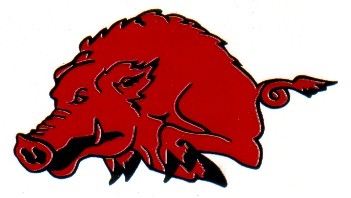Quick Review Quide
1. Write the matter chart, describing the differences between elements,
compounds, homogeneous and heterogeneous mixtures.
2. Give examples of heterogeneous and homogeneous mixtures, elements and
compounds.
3. Measure the following volumes:
- rectangular solid and cube
- cylinder
- cone
- sphere
4. Calculate the volume of an irregular solid using liquid displacement.
5. Measure mass using a triple-beam, pan and electronic balance.
6. Describe the difference
between a scale and a balance.
7. Use indirect measurement to calculate the mass of a very small object.
8. Explain the difference between an atom and a molecule. Give an example of each.
9. Draw a diagram of molecules in the solid, liquid and gas/plasma states of matter.
10. Using a triangle diagram, list the changes in state of matter between solids, liquids and gases.
